© 2025 ALLCITY Network Inc.
All rights reserved.

For the first time in more than a year, Coors Field hosted an extra inning game. But it would not have happened without some spectacular plays on both sides of the ball from the Atlanta Braves and Colorado Rockies.
The 3-2 walk-off walk victory was not won with the bats, but in the field.
Where runs were scarce and offense a luxury item, the Rockies first home victory came down to the glovework late in the game. On several occasions, Braves second baseman Ozzie Albies, who happens to be an “elite” baserunner as classified by Statcast (with top speeds over 30 mph) put pressure on the Rockies to make a play in order to keep them alive in the game.
Even without a Nolan Arenado highlight reel moment—albeit he came very close on an Albies grounder that Ian Desmond just barely could not pick up—Colorado’s defense shined, and they needed it to.
Let’s break down the three stand-out plays.
Tony Wolters
When Ozzie Albies locates a bunt like he did here in the sixth, it’s normally a given that he reaches base. Tony Wolters needed every second of his training both as an infielder and a catcher to record a key out late in the game.
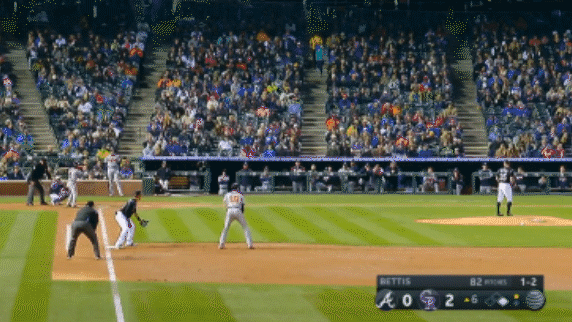
Wolters executes a perfect sliding pickup of the ball, which allows his driving foot to already be planted by the time he’s ready to make the throw.
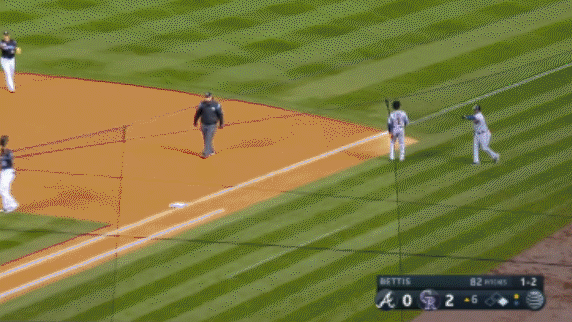
Look how far Wolters has to range, helped by his set up for the pitch low and inside to Albies. This lets him push out of his squat quicker with more speed right away.
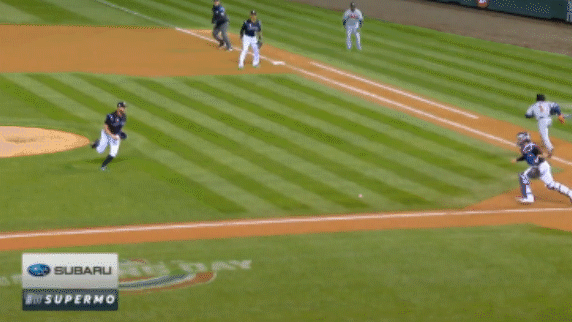
Wolters uses that slide to torque his body and use his momentum to unleash a 76 mph throw (per Statcast) on the base, while off balance. With a left-handed first baseman who can properly stretch on plays like this, Wolters turns what seemed to be an impossible play into one that isn’t particularly close, making it all the more impressive.
This clip also shows just how quick Albies is, who gets up the first base line in under four seconds, necessitating the hard work and accuracy from Wolters to get his man—just barely. In a tight, two-run game, the difference between runner on second with two out and first and second with one out is monumental, especially with Freddie Freeman coming up to the plate.
Freeman would double in the ensuing at-bat, meaning one could argue in hindsight that this play saved a run and kept the one-run lead intact.
Gerardo Parra
Speaking of Freddie Freeman, it took another spectacular play with Albies as a base threat to keep the Rockies competitive. In the tenth inning, with Albies on first, Freeman lined a ball down the left field line, sending the runner off to the races. But Gerardo Parra had other plans.

Parra ranges from a slightly shifted pull position across Coors Field’s expansive left field, chasing down a ball that had most people in the stadium—including Albies— convinced that Atlanta was about to take the lead.
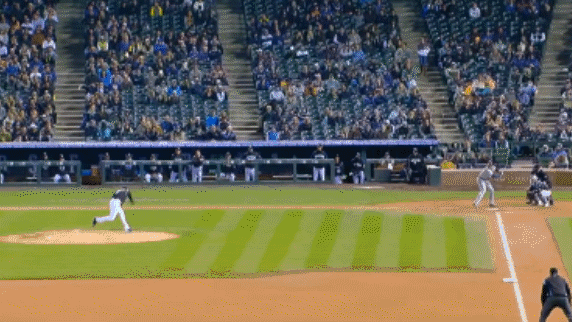
As they say in geometry, the shortest distance between two points is a straight line, and Parra’s route is a near perfect line as he rings it in. With Albies already well around second base by the time the catch is made, if this ball finds dirt, he very likely scores and puts the Rockies down a run in extra innings. This play isn’t flashy, but it’s fundamentally sound and still impressive and saves the game.
Trevor Story
Just four pitches later, with Albies now on third following a steal and an overthrow by Wolters, a base hit of any kind and not just the warning track blast like Freeman’s would give Atlanta a run advantage in extra frames. The one second this Nick Markakis line drive was in the air was a tense one for the Coors Field faithful.
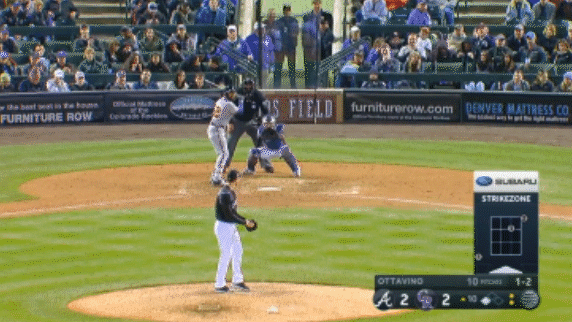
All of this play comes down to position. If Story has to move laterally at all, he has no chance. Because he is lined up where he is, he can utilize his “boosties,” as Bud Black described them after the game.
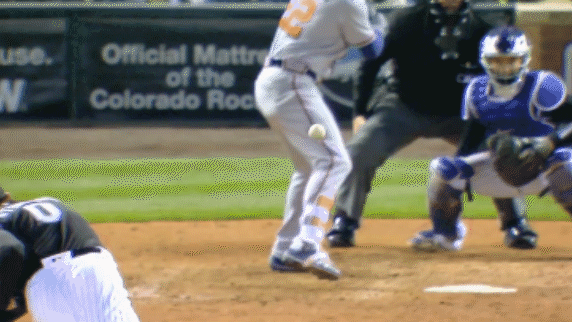
In back to back at-bats, the Braves squared up pitches and put themselves in a position to take a tenth inning lead. But excellence by a gold-dusted Rockies fielding corps put Colorado in a situation to walk off with an ironic base on balls that didn’t involve a single fielder.
We took a quick and remarkably unscientific survey of the Rockies clubhouse, asking which of these three plays was the best. Wolters got the most votes, with DJ LeMahieu stating “I’m not sure any other catcher makes that play. I don’t know if I’ve ever seen it quite like that before.”
Comments
Share your thoughts
Join the conversation




